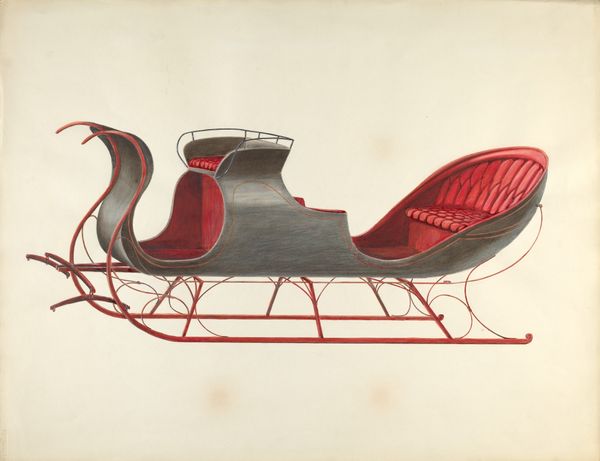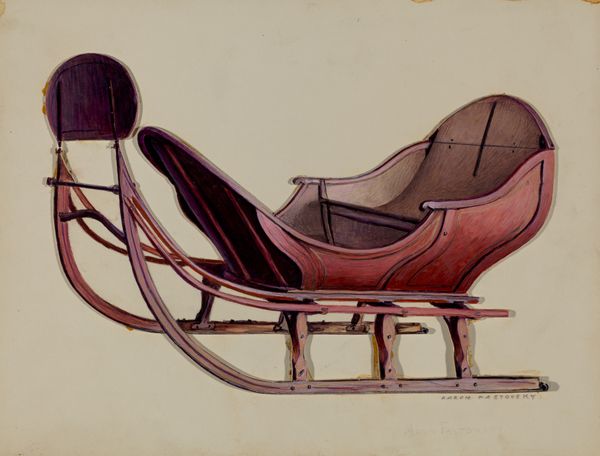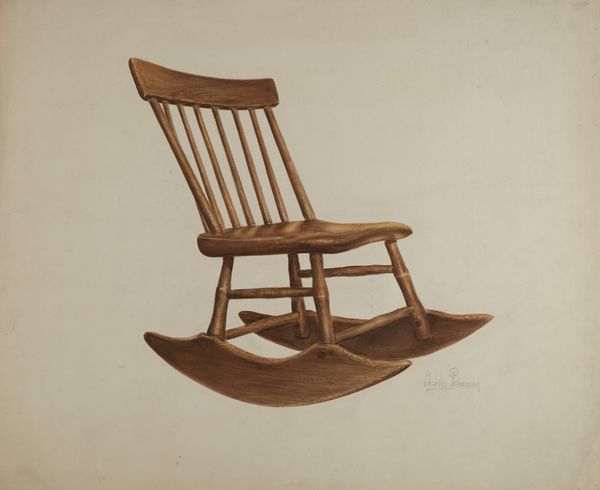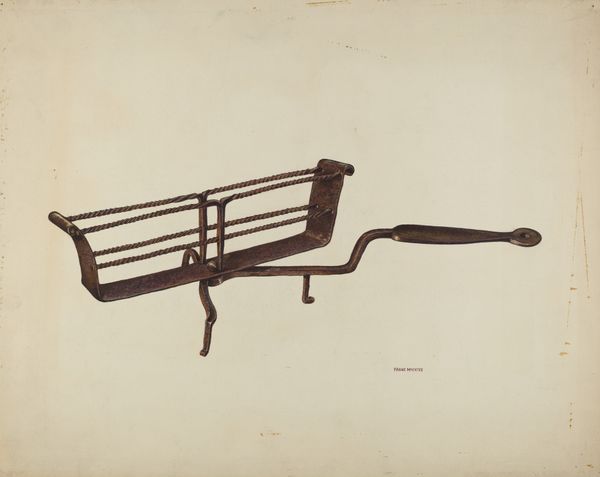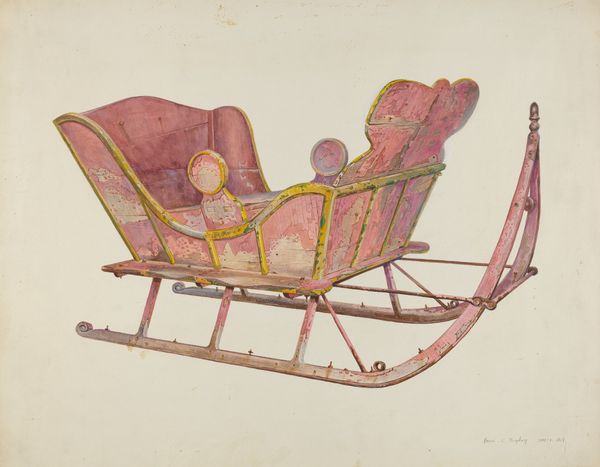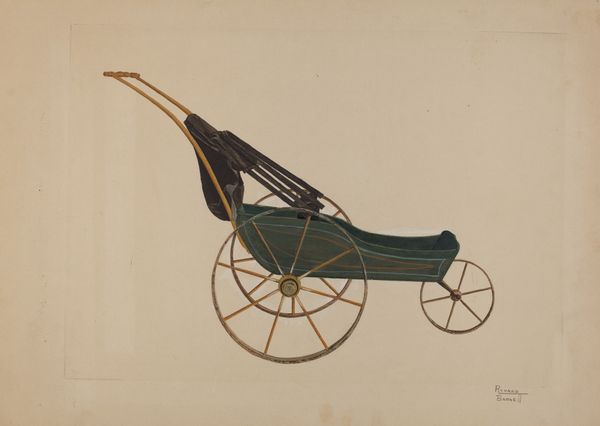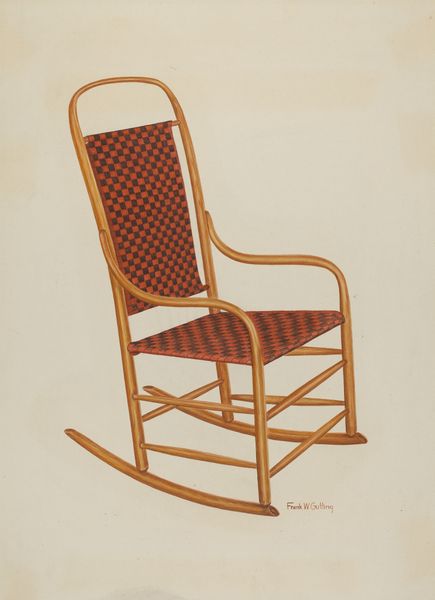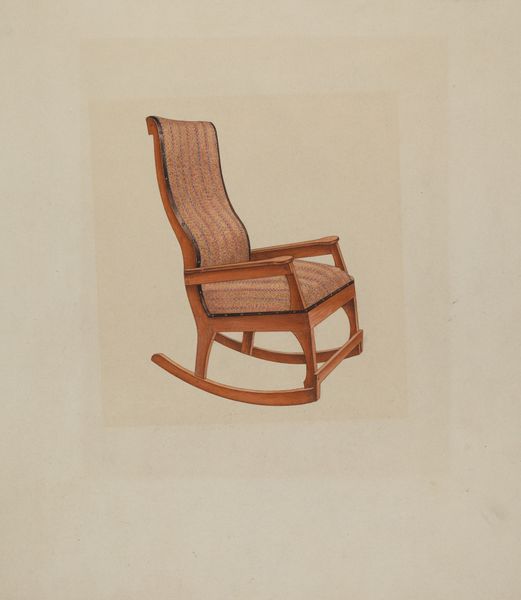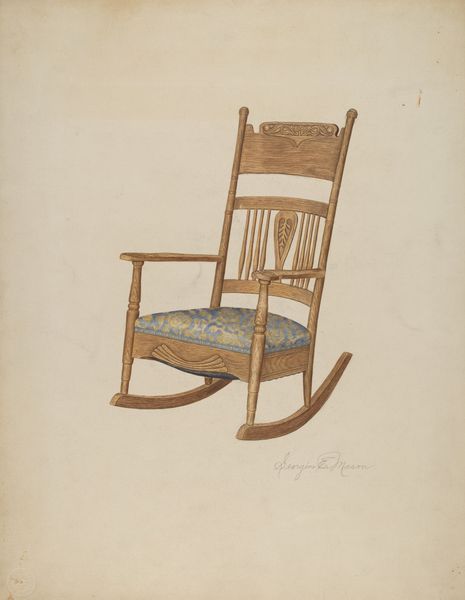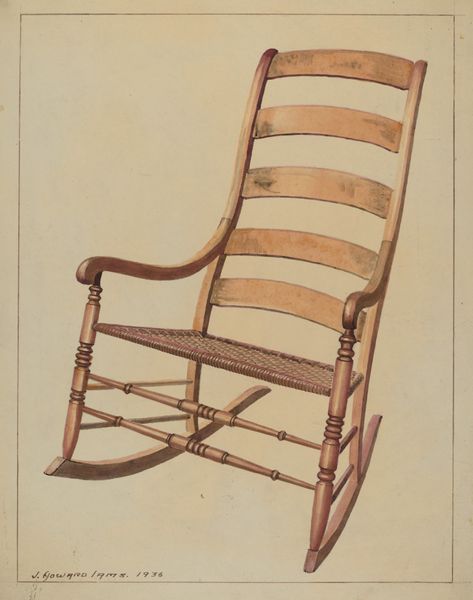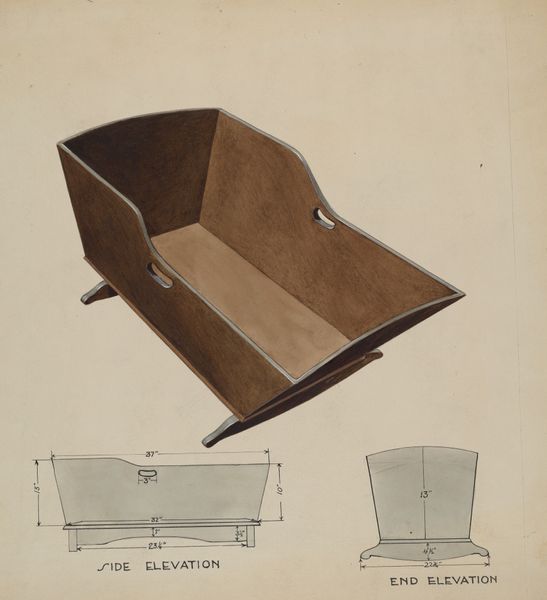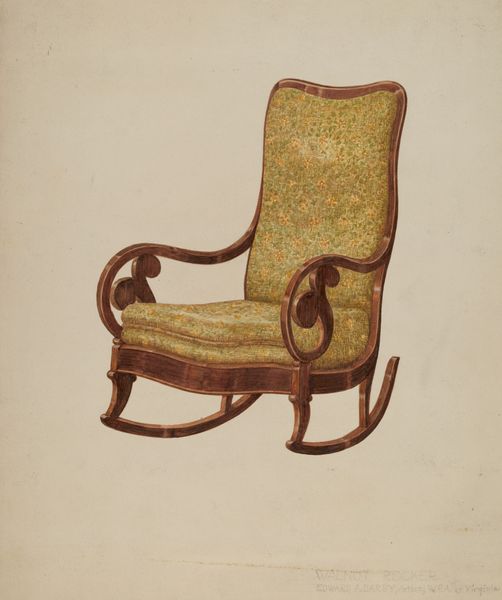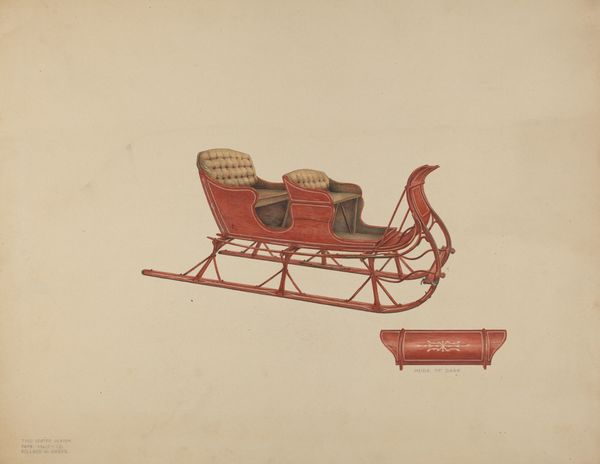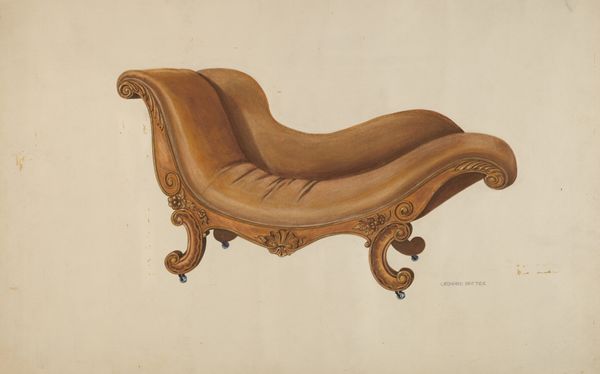
drawing, paper, pencil
#
drawing
#
pencil sketch
#
paper
#
pencil drawing
#
pencil
#
academic-art
#
realism
Copyright: National Gallery of Art: CC0 1.0
Editor: Here we have Fred Weiss's "New England Cutter," created around 1936 using pencil on paper. It’s a remarkably detailed drawing. I’m struck by the precision of the linework, which evokes a real sense of industrial design. What aspects of the artwork do you find most compelling? Curator: The material choices and production methods speak volumes. Pencil on paper—these are readily accessible, relatively inexpensive materials. Consider who might have commissioned or consumed such a drawing in 1936. Was it for a manufacturer seeking a design rendering, or perhaps a nostalgic collector? The accessibility of the medium contrasts with the object depicted: a luxury item from a bygone era. How does that contrast function? Editor: That's a great point. So, the drawing itself embodies a certain democratic potential, while representing an object of relative affluence. The cutter is elegant and streamlined, certainly not an item for the masses. Do you see the medium itself impacting the way we interpret the artwork’s social commentary? Curator: Absolutely. A painting might suggest high art and luxury in itself. A photograph may imply accuracy. This precise pencil drawing, however, emphasizes labor and the hand of the artist or draughtsman. It suggests the act of making and, by extension, invites us to consider the labor involved in crafting both the drawing and the cutter itself. How does this detailed craftsmanship play into the relationship between “high” art and functional design? Editor: I see what you mean. The drawing elevates what might have been simply a utilitarian vehicle into something worthy of artistic attention and scrutiny. Curator: Exactly. And by focusing on the production of both image and object, we disrupt the traditional hierarchy. Thinking about the materials – the paper, the graphite, the cutter itself – forces us to acknowledge the social and economic factors at play in their creation and consumption. What assumptions does it challenge in terms of accessibility? Editor: I learned to examine the piece beyond its surface representation, by considering materials, labor, and social contexts. Thank you. Curator: And I was reminded about the complex interplay between representation and materiality. The ordinary means might ennoble its luxurious subject.
Comments
No comments
Be the first to comment and join the conversation on the ultimate creative platform.
